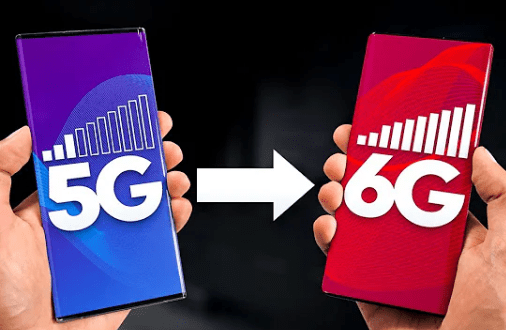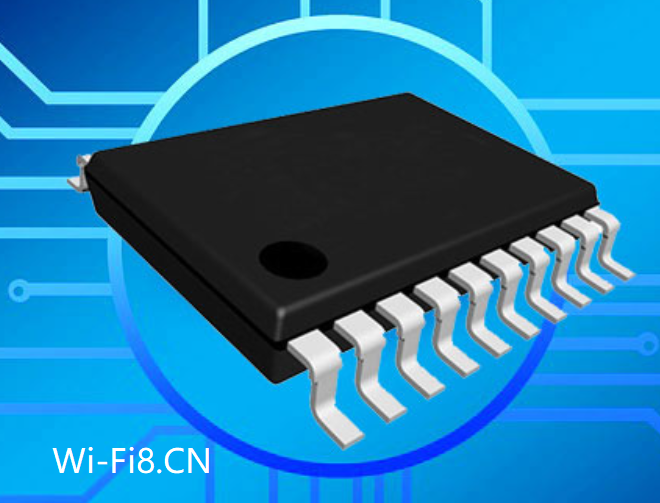Wi-Fi 8 Wikipedia + What is the Wi-Fi 8 standard? When will wifi8 come out? What does Wi-Fi 8 mean? WiFi8 is the eighth generation of wireless WiFi network technology.
According to the relevant public information of the query, WiFi 8 is expected to be officially released in December 2023. 
Wi-Fi 8 Wikipedia + What is Wi-Fi 8 ?
Wi-Fi 8 Wikipedia + What is the Wi-Fi 8 standard?
What is Wi-Fi 8? WiFi8 next-generation WiFi technology standard.
WiFi is wireless network communication technology, is a set of standards defined for wireless LAN communication, has become a ubiquitous technology in the world today, providing connection support for billions of devices, but also the preferred way of Internet access in the era of traffic economy, and has gradually replaced the trend of wired access.
Wi-Fi 8 Wikipedia
Wi-Fi 8 (8th generation Wi-Fi wireless network) is the eighth generation wireless network technology, which can be up to three times faster than WiFi7 technology and up to six times the maximum speed of WiFi 6.
WiFi 7 introduces CMU-MIMO technology, which can support up to 16 data streams, 8 lanes to 16 lanes, a proper interstellar highway, followed by WiFi 7 In addition to the traditional 2.4GHz and 5GHz two frequency bands, WiFi 7 will also add support for the 6GHz band, and the three frequency bands can work at the same time.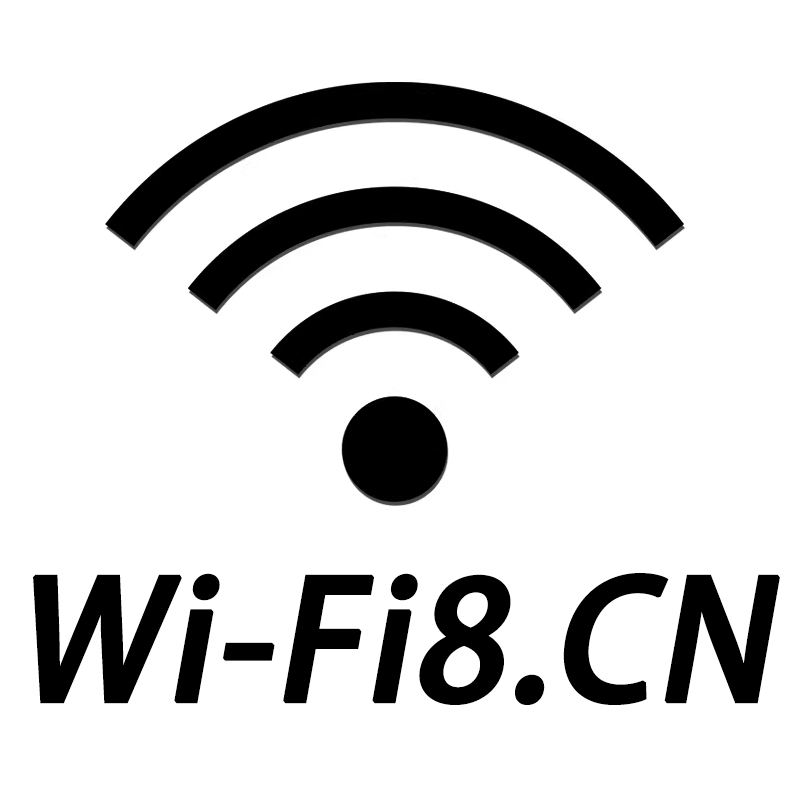
And WiFi8 technology has a higher breakthrough in WiFi7.
The introduction of WiFi8 marks the first time Wi-Fi has truly become a wired/Ethernet replacement.
Wi-Fi 8 technology will become the backbone of home, office and industrial networks, providing seamless connectivity for everything from multiplayer AR/VR applications to cloud gaming and 4K calling to 8K streaming.
Wi-Fi 8 is unique in that it offers completely new capabilities for multi-band transmission used by Wi-Fi.
Even with the same number of antennas, WiFi8 is 2.4 times faster than Wi-Fi 7 because WiFi 8 can take advantage of new channel technologies.
In 2023, Wi-Fi 8 technology will get a new breakthrough; The introduction of Wi-Fi8 technical standards will also lead to the emergence of WiFi 8 technology products. Including Wi-Fi8 router, Wi-Fi 8 wireless adapter and other products on the market.
What is the Wi-Fi 8 technical standard?
Wi-Fi 8 can be said to be the same wireless network technology as WiFi7 and WiFi6. Wi-Fi 8 is the eighth generation of wireless network technology, and the Wi-Fi 8 technical standard is not yet known.
Is wifi8 the fastest right now? Wi-Fi 8 will be the fastest in the future.
Wi-Fi 8 technology is a new breakthrough point in the field of WiFi in the future. 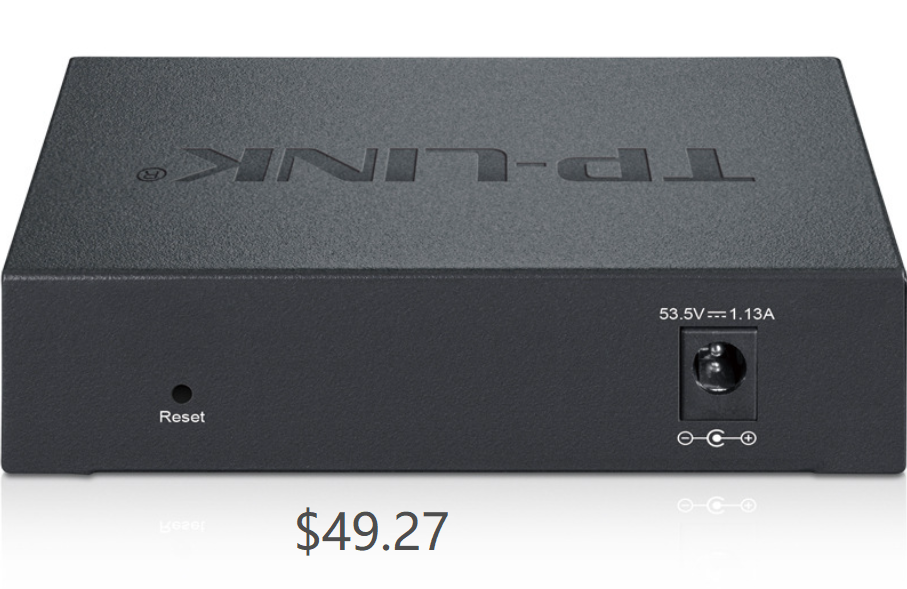
Wi-Fi 8 technology will also play a major role in the fields of industrial IoT, artificial intelligence, and cloud data.
The history of Wi-Fi
- The name Wi-Fi comes from
The term Wi-Fi is commonly mistaken for Wireless Fidelity, and even the Wi-Fi Alliance itself often uses the term “Wireless Fidelity” in press releases and documents, and Wi-Fi appears in an ITAA paper.
But in fact, the word Wi-Fi has no meaning and is not written in full.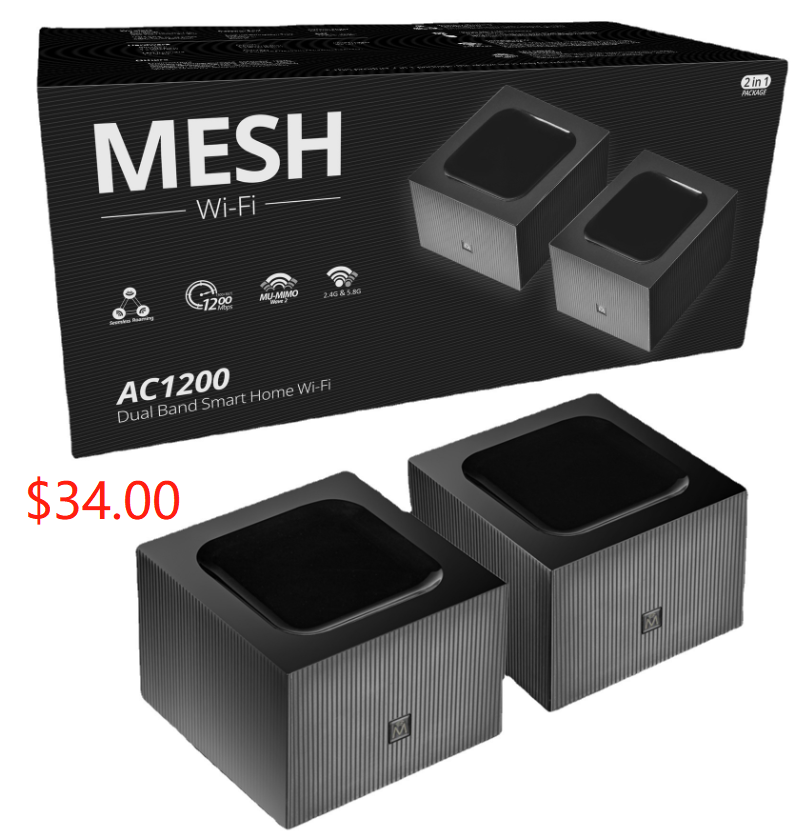
MESH WIFI – Smart WiFi 6 sub-female networking router
- Wi-Fi technology principle
Wireless network in the category of wireless LAN refers to “wireless compatibility certification”, which is essentially a commercial certification, but also a wireless networking technology, previously connected to computers through network cables, while Wi-Fi is connected to the network through radio waves.
Common is a wireless router, then the effective range of radio coverage of this wireless router can be connected to the Internet by Wi-Fi connection, if the wireless router is connected to an ADSL line or other Internet lines, it is also called a hotspot.
- Wi-Fi main functions
Wireless network Internet can be simply understood as wireless Internet access, almost all smart phones, tablets and laptops support Wi-Fi Internet access, is the most widely used wireless network transmission technology today. Wi-Fi 8 Wikipedia
Wi-Fi 8 Wikipedia
In fact, it converts wired network signals into wireless signals, as introduced at the beginning, using wireless routers for related computers, mobile phones, tablets, etc. that support its technology.
If the mobile phone has a Wi-Fi function, when there is a Wi-Fi wireless signal, it can surf the Internet without going through the mobile Unicom network, saving the data fee.
Wireless network wireless Internet is more commonly used in large cities, although the wireless communication quality transmitted by Wi-Fi technology is not very good, the data security performance is worse than Bluetooth, and the transmission quality also needs to be improved, but the transmission speed is very fast, can reach 54Mbps, in line with the needs of personal and social informatization.
In July 2003, IEEE developed the third-generation Wi-Fi standard: 802.11g.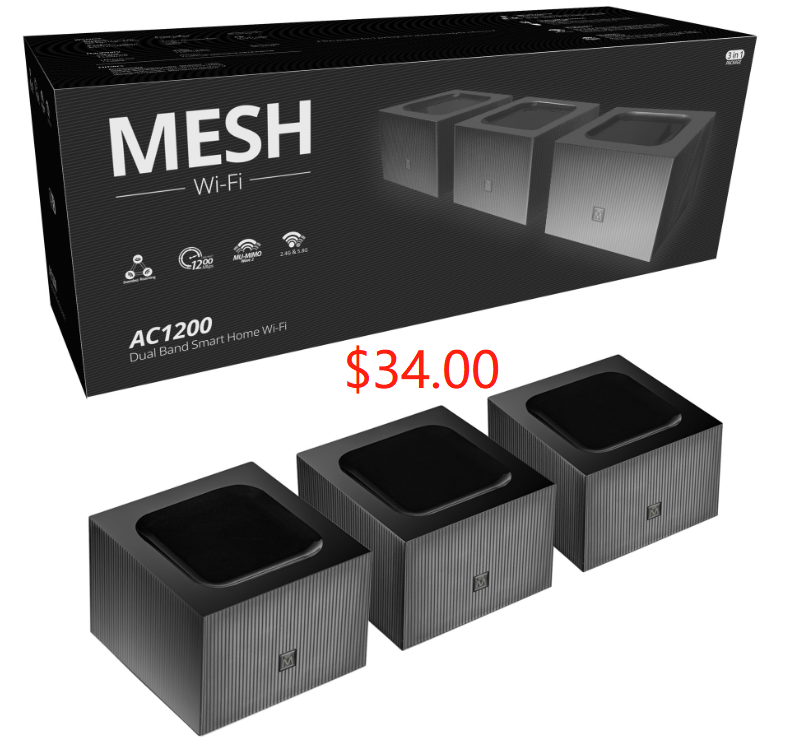
Smart WiFi 6 sub-female router
802.11g inherits the 2.4GHz band of 802.11b and the maximum 54Mbps transmission rate of 802.11a.
At the same time, it also uses CCK technology backward compatible with 802.11b products. From this point on, the IEEE will take backward compatibility into account when formulating each new generation of protocols.
802.11b/a/g/n/ac modes correspond to the rate
1. Second-generation WiFi: 802.11b, the highest speed is 11Mbps.
2. Third-generation WiFi: 802.11a/g, the highest rate is 54Mbps.
3. Fourth-generation WiFi: 802.11n, HT40 single stream maximum speed 150Mbps, HT40 4×4 MIMO maximum speed 600Mbps.
4. Generation 5 WiFi: 802.11ac (80M) single stream maximum rate 433.3Mbps; 8×8 MIMO (160M) maximum speed 6.928Gbps.
When did the wifi come out?
In 1991. Wi-Fi is a wireless network technology defined by IEEE, invented by CSIRO in the 90s and successfully patented in the United States in 1996.
Wi-Fi (Wireless Fidelity), also known as “mobile hotspot”, is a wireless LAN technology created in the IEEE 802.11 standard, based on the close relationship between the two systems, some people regard Wi-Fi as a synonym of the IEEE 802.11 standard.
TP-LINK TL-R470GP-AC All Gigabit Wired Router Module PoE Power Supply AC Controller Networking
Wi-Fi is owned by the Wi-Fi Alliance (founded in 1999 and officially renamed the Wi-Fi Alliance in October 2002) to improve interoperability between wireless network products based on the IEEE 802.11 standard.
IEEE 802.11 devices are installed in many products on the market, such as printers, laptops, and other peripherals that can provide wireless Internet access.
In 1996, Lucent, a major manufacturer of network communication equipment in the United States, took the lead in initiating the establishment of the Wireless Ethernet Compatibility Alliance (WECA), and began to create a wireless network protocol (WLAN), which was not smooth at first, and the momentum fell far behind Blue-tooth.
In 1999, WECA changed its name to the Wi-Fi Alliance, once again architected a set of certification standards, and proposed a series of specifications for wireless network technology in the industry – 802.11, including 802.11.b, 802.11.a, 802.11.
Wi-Fi 8 Vs WiFi 7 Vs WiFi 6 Vs WiFi 6E
| Parameter | Wi-Fi 6 | Wi-Fi 6E | Wi-Fi 7 | Wi-Fi 8 (Expected) |
| Frequency Bands | 2.4/5 GHz | 2.4/5/6 GHz | 2.4/5/6 GHz | 2.4/5/6 GHz, mmWave |
| Maximum Data Rate (Theoretical) | 9.6 Gbps | 9.6 Gbps (2×2 MIMO) | 30 Gbps (4×4 MIMO) | 100 Gbps |
| Modulation | 1024-QAM | 1024-QAM | 4096-QAM | 8192-QAM |
| MIMO | 8×8 | 8×8 | 16×16 | 16×16 |
| Spatial reuse | OFDMA | OFDMA | MU-MIMO + OFDMA | Multi-link MU-MIMO + OFDMA |
| Target wake time (TWT) | Supported | Supported | Enhanced TWT | Enhanced TWT |
Compared with the WiFi 5 standard we use today, the wireless transmission rate of the WiFi 6 standard can reach 9.6Gbps, and high-bandwidth applications such as VR/AR, 4K and even 8K video can be easily handled.
At the same time, WiFi 6 uses OFDMA technology that is homologous with 5G, combined with 1024-QAM high-order modulation, and can support 160MHz bandwidth, nearly 3 times faster than WiFi 5.
Intelligent crossover technology can support more devices concurrently and increase the capacity of access devices by 4 times.
Multiple concurrent access devices can reduce queuing, interfere with coloring, and actively avoid it, reducing latency by 2/3.
Supports wake-on-demand function during terminal device standby, reducing terminal power consumption by 30%.
What is the difference between WiFi 8 and WiFi 6?
At present, WiFi 8 has not been successfully developed.
WiFi6 and 5G speeds are similar, with 5G speeds of 10Gbps per second and WIFI6 speeds of 9.6Gbps per second. But if based on a real scenario, the speed depends on your mobile terminal, surrounding environment, router and other factors.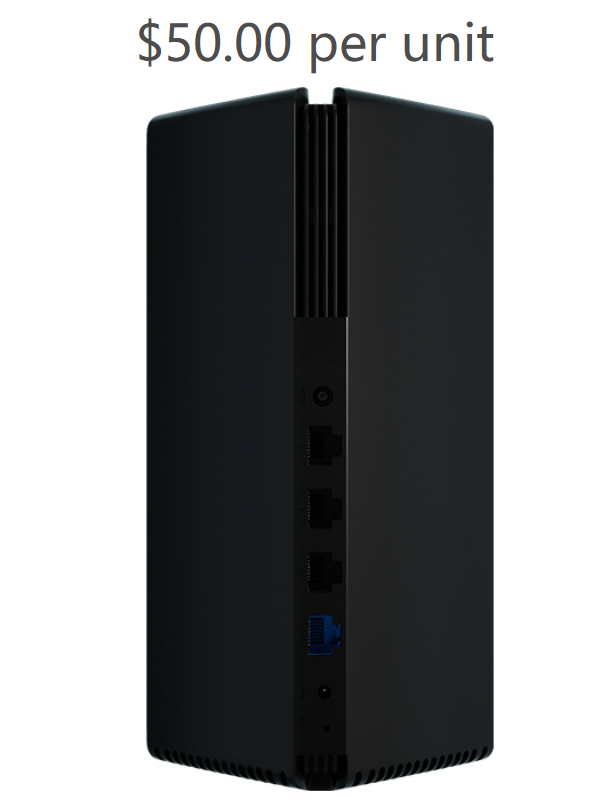
Suitable for Xiaomi router AX3000 WiFi6 3000 MB wireless rate multi-model hybrid mesh networking
Due to the problem of signal interference, indoor 5G may not be as good as wifi6 compared to the signal. So use 5G outdoors, and use WIFI6 when you go back indoors.
Wi-Fi 8 Wikipedia:Does China have WiFi8 technology?
Currently, WiFi 8 technology is not available, Wi-Fi 8 technology is not available worldwide, and no word has been released about the standards for Wi-Fi 8 technology.
WiFi technology applications
WiFi technology is widely used, such as the following:
- Application of WiFi technology in the field of cameras
WiFi camera is easier to understand, that is, the built-in WiFi function of the camera, can achieve wireless transmission, printing, etc.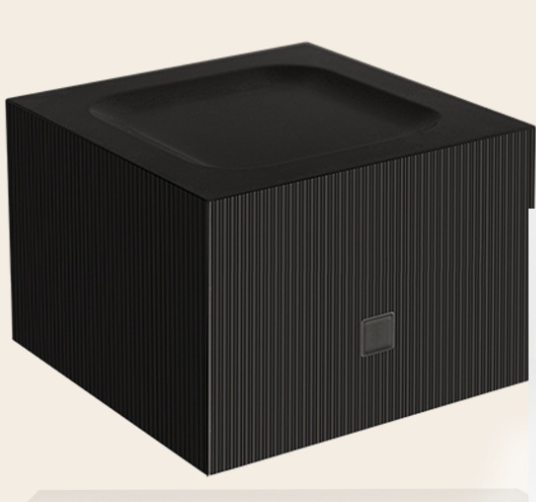
WiFi8 router – Full Gigabit Mesh
WiFi SD card camera itself does not have WiFi transmission function, but supports SD card with WiFi transmission function, the camera’s operating system has built-in or supports the installation of such memory card drivers, and has the corresponding operation option, Kodak EasyShare-One.
If there is no camera with a driver and corresponding interface, even if such a card is inserted, it is useless.
WiFi SD card is actually a memory card that has the appearance of an SD card, but has a built-in WIFI wireless card, which can be used on mobile devices that do not have WIFI function but support the SD card.
- WiFi technology is applied in the field of smart home
In the development of smart home products, wireless technology is diverse, there are WiFi, Bluetooth and other application technologies, each technology has different characteristics.
Among them, WiFi control mode is one of the most widely used wireless control methods.
WiFi 6 modules can be applied to smart homes, providing higher speeds, more reliable connections, and better security.
Application of wifi in smart home.
Wi-Fi is a brand of wireless network communication technology owned by the Wi-Fi Alliance.
The goal is to improve interoperability between wireless network products based on the IEEE 802.11 standard. Some people refer to local area networks that use the IEEE 802.11 family of protocols as wireless fidelity.
Even equate Wi-Fi with the wireless Internet (Wi-Fi is an important part of WLAN).
Smart home is the embodiment of the Internet of Things.
What are the applications of WiFi in smart homes? Application of wifi in smart home.
Smart home connects various devices in the home (such as audio and video equipment, lighting systems, curtain control, air conditioning control, security systems, digital cinema systems, audio and video servers, video cabinet systems, network appliances, etc.) through Internet of Things technology, providing home appliance control, lighting control, telephone remote control, indoor and outdoor remote control, burglar alarm, environmental monitoring, HVAC control, infrared forwarding and programmable timing control and other functions and means.
Compared with ordinary homes, smart homes not only have traditional living functions, but also have buildings, network communications, information appliances, equipment automation, provide a full range of information interaction functions, and even save money for various energy costs.
- WIFI with IoT smart home and its advantages description
Remote control control, embedded intelligent terminals, wireless WIFI technology, and the wide application of the Internet will surely make home control more perfect, more automatic, more intelligent, and even more humane, which gives smart homes greater competitiveness.
Wireless communication protocols for smart homes and diversified development of smart homes.
Wireless communication protocol is a key technology in the field of smart home, a channel for connecting devices and realizing information transmission, and a bridge for interconnection, mutual control and collaboration between smart products.
However, at present, the smart home market standard is undecided, a variety of wireless protocols coexist, the main communication protocol is WiFi protocol.




